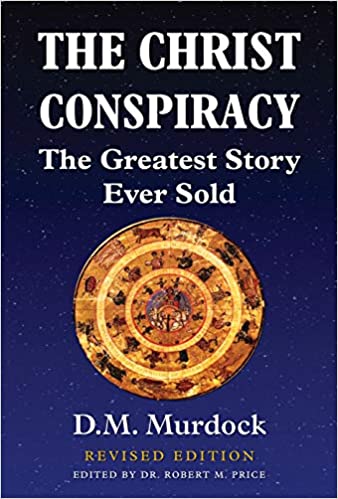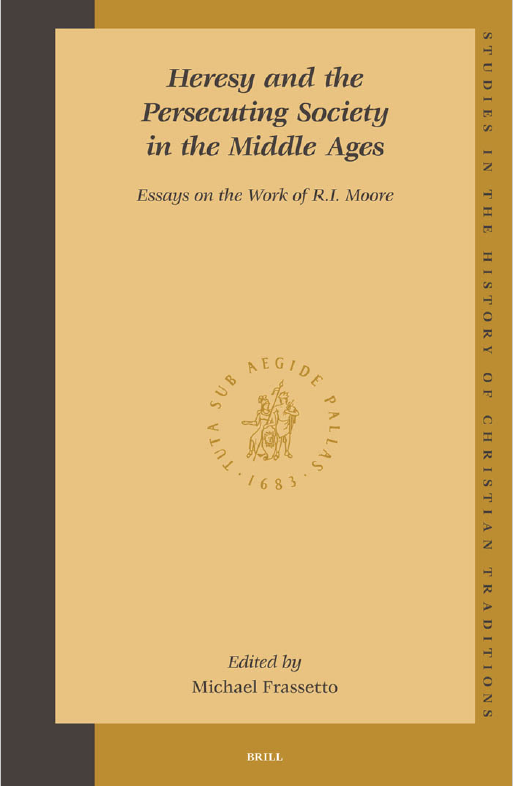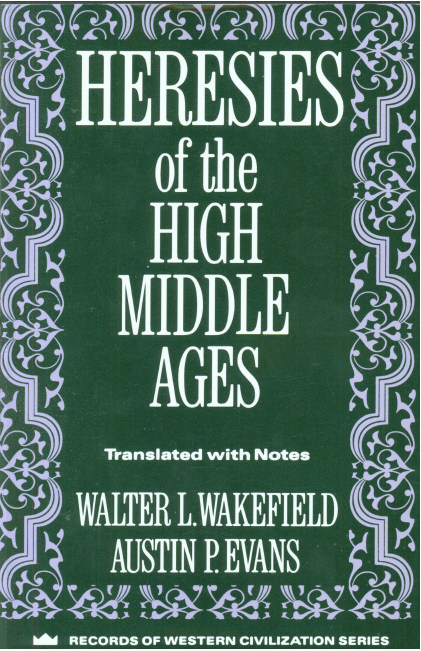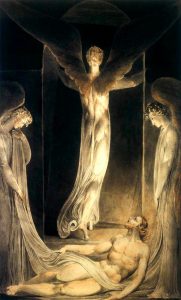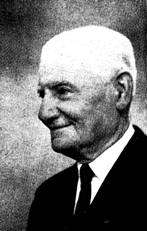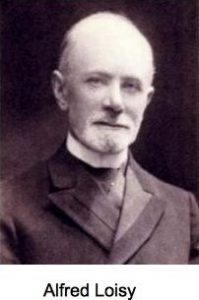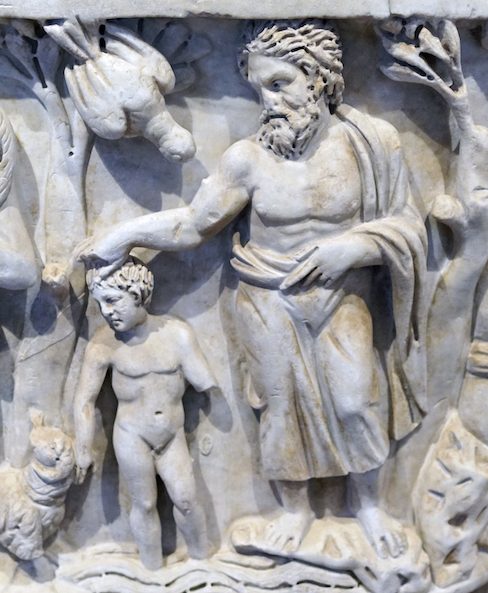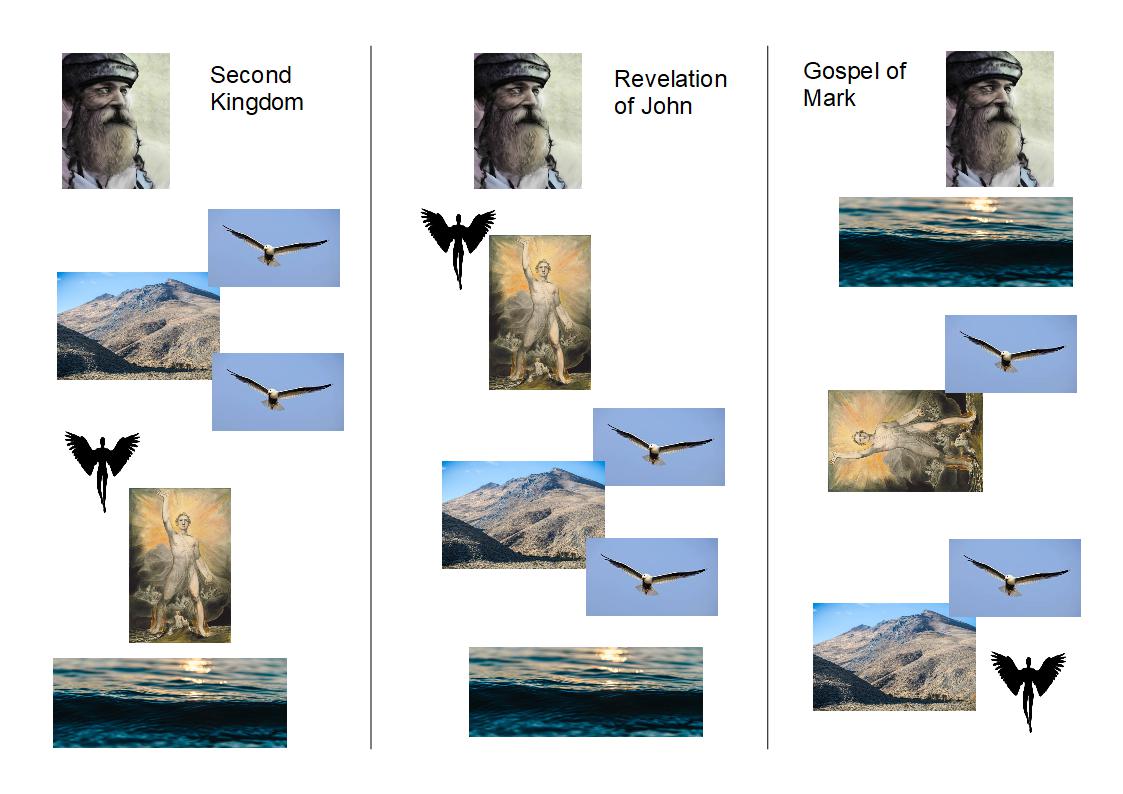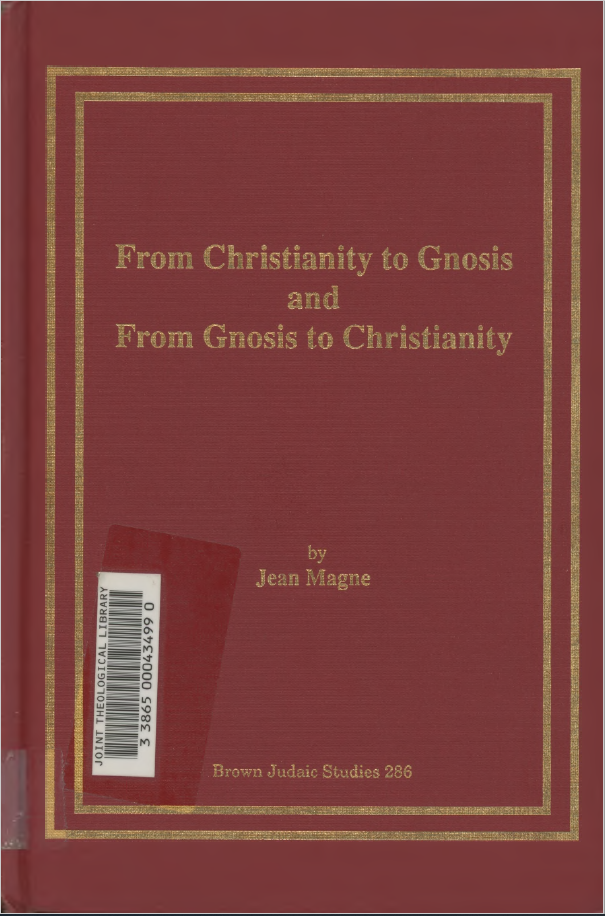A Short Excursus on Descensus
In previous posts, we looked at dying-and-rising gods as a category, specifically as a Weberian ideal type, which could help us compare Christianity to other religions in late antiquity. Jonathan Z. Smith (among many others) found the category misleading and lacking any firm foundation. Robert M. Price took Smith to task, accusing him of not understanding ideal types.
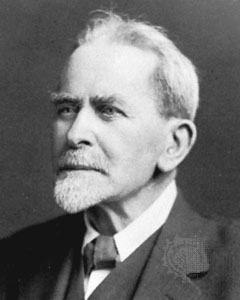
Perhaps the most rigorous refutation of Smith’s conclusions (which, incidentally, have become more or less the consensus among scholars of comparative religion) came from Tryggve N. D. Mettinger (see: The Riddle of Resurrection, 2001). However, even Mettinger admits one can hardly defend Frazer’s original conception. After all, Frazer’s “central idea,” as stated in the preface to the first edition of The Golden Bough was that of a “slain god” — which would seem to leave out those gods who voluntarily move to the underworld for alternate periods.
Moreover, despite Price’s apoplectic protests over Smith’s supposed “throwing out the box” just because many dying-and-rising gods don’t fit exactly, Smith has an important point. We should consider it reasonable to expect that members of the category would include (1) gods who (2) die and (3) return to life. Mettinger has his own core characteristics, in which the definition of “dying” includes not just murder, execution, accidental death, etc., but any descensus into the realm of the dead. He writes:
The minimum requisites for me to speak of such a dying and rising deity are:
(a) that in the specific cult the figure in question is a real god, whatever his previous history, and
(b) that he is conceived of as dying (his death represented as a descensus to the Netherworld or in some other way) and reappearing as alive after the experience of death.Two other points are also worthy of particular attention, but do not hold the status of criteria, namely,
(c) whether the fate of the deity is somehow related to the seasonal cycle, and,
(d) whether there is a ritual celebration of the fate of the deity in question. [Mettinger 2001, p. 42, bold emphasis mine]
Mettinger, in case you were wondering, does view this category as an ideal type.
When in the following I use the term “dying and rising god(s)”, I use it in the Weberian sense referring to an ideal type (ldealtypus): the terminology does not per se presuppose genetic relations. We must always remember that the various deities belong to different religious contexts. It is no longer necessary to restate the profound differences between the symbolic universes of the Mesopotamians, the Egyptians, the Greeks, and the peoples of the West Semitic realm. Meaning is always contextual. Structural analogies may, however, occur, and these may be of the kind to indicate that we are, in specific cases, confronted with the results of contact and influence. [Mettinger 2001, p. 41]
The King of the Dead
Regarding Mettinger’s minimum requirements, I would argue that his second criterion should actually contain separate, albeit related, subcriteria — namely, these three actions: (1) dying, (2) sojourning in the realm of the dead, and (3) rising to the realm of the living. With these in mind, I find it difficult to regard Osiris as fitting the criteria, since he remained in the underworld. He isn’t visiting; he has taken up permanent residence. He isn’t merely dead; he has become the Lord of the Underworld and the Judge of the Dead. In fact, Osiris forms the pattern for dying Egyptian pharaohs, who will “live” in the world of the dead. Continue reading “Did Jonathan Z. Smith Really Not Understand Ideal Types? (Part 4)”


